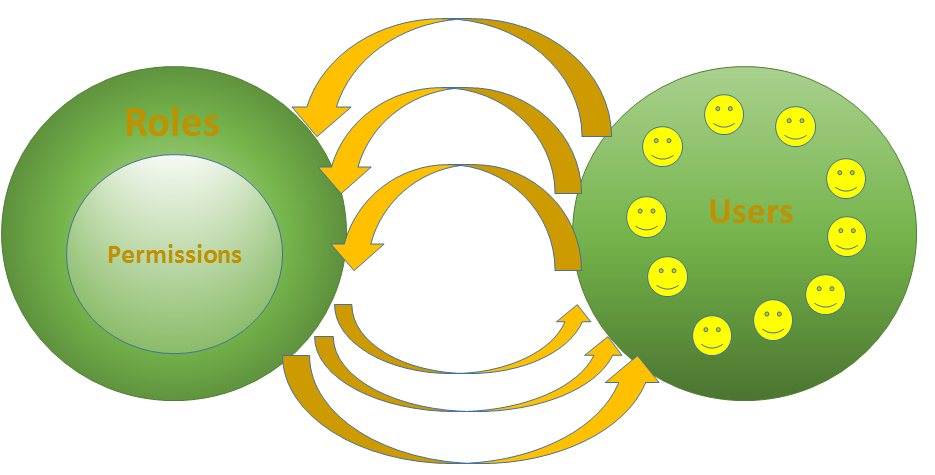Searching the Help
To search for information in the Help, type a word or phrase in the Search box. When you enter a group of words, OR is inferred. You can use Boolean operators to refine your search.
Results returned are case insensitive. However, results ranking takes case into account and assigns higher scores to case matches. Therefore, a search for "cats" followed by a search for "Cats" would return the same number of Help topics, but the order in which the topics are listed would be different.
| Search for | Example | Results |
|---|---|---|
| A single word | cat
|
Topics that contain the word "cat". You will also find its grammatical variations, such as "cats". |
|
A phrase. You can specify that the search results contain a specific phrase. |
"cat food" (quotation marks) |
Topics that contain the literal phrase "cat food" and all its grammatical variations. Without the quotation marks, the query is equivalent to specifying an OR operator, which finds topics with one of the individual words instead of the phrase. |
| Search for | Operator | Example |
|---|---|---|
|
Two or more words in the same topic |
|
|
| Either word in a topic |
|
|
| Topics that do not contain a specific word or phrase |
|
|
| Topics that contain one string and do not contain another | ^ (caret) |
cat ^ mouse
|
| A combination of search types | ( ) parentheses |
|
Roles
Every user in Codar is assigned one or multiple roles. Roles determine the permissions or activities that a Codar user can perform on the product. Codar contains some out-of-the-box roles; however, users can also create their own roles and then assign permissions to the roles they create. Only Codar users belonging to the following roles have the right to create roles:
- Administrator
- Application Architect
- Application Release Manager
Out-of-the-box roles can be edited but not deleted. This allows administrators or architects to add or remove permissions to these roles. Roles that are created can be edited or deleted.
All roles (out-of-the-box roles and roles created by Codar users) are displayed in the Roles page. Roles and users follow a many-to-many relationship. That is, multiple users can have multiple roles and multiple roles can be assigned to one or more users. The following diagram depicts the many-to-many relationship between users and roles.

For more information, refer to the following topics:
We welcome your comments!
To open the configured email client on this computer, open an email window.
Otherwise, copy the information below to a web mail client, and send this email to clouddocs@hpe.com.
Help Topic ID:
Product:
Topic Title:
Feedback:





